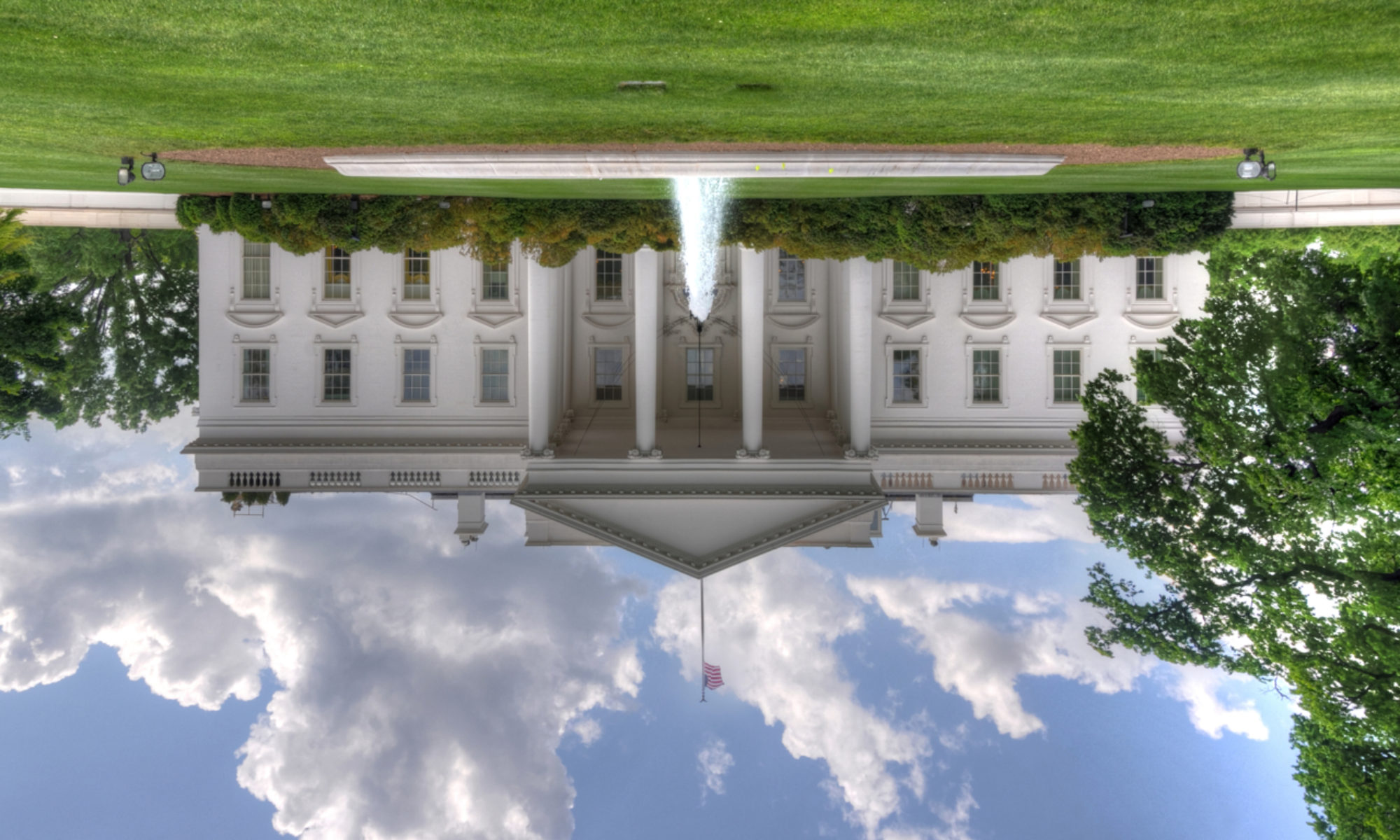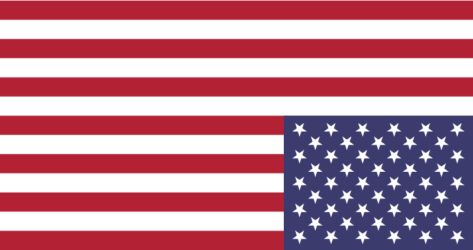The Department of Health and Human Services (HHS), under Donald Trump, is creating a new enforcement division: The Division of Conscience and Religious Freedom. The new HHS division, supporters say, establishes protection (referred to as “conscience protections”) for health care workers who refuse to treat certain people (such as transgender people), or perform certain procedures (such as an abortion) due to religious or moral objections.
The Trump Administration’s creation of the new HHS division repeals an Obama policy that prohibited health care professionals from refusing to provide services on grounds of moral or religious beliefs. This reversal raises a number of issues with people who think beyond the doctrines that shape the world of any single group of people.
A source in Congress said, “It is expected that the HHS Civil Rights Office would devote resources and personnel to enforcing the new guidelines and ensuring compliance.”
A government agency with the name, Division of Conscience and Religious Freedom, sounds uncomfortably close to Committee for the Promotion of Virtue and the Prevention of Vice, the enforcer of Shariah law in Saudi Arabia. Should an agency of the United States, which is not a religious state, establish a division whose purpose is, essentially, to enforce compliance with the tenets of one religious ideology or moral stance over another? Should our government be supporting anyone’s religious or moral convictions over anyone else’s?
On the one hand, the Constitution guarantees freedom of religion in the United States. But freedom extends equally to all Americans. The principles of freedom of religion and other civil rights do not define freedom to the extent that one suppresses the freedom of someone else who is lawfully enjoying theirs.
One could argue that requiring health care workers to provide care or services that conflict with their religious beliefs or moral stance constitutes suppression of freedom for the health care worker. Which set of moral or religious beliefs should take precedence, then?
And how does one arrive at the idea that requiring a health care provider to administer health care (which it is their job to do) discriminates against the health care provider, if the health care service itself does not violate the law? Abortion, for example, is legal. Shouldn’t people who enter a profession perform the lawful duties and services that apply to their profession?
The establishment of the Division of Conscience and Religious Freedom raises additional questions:
- Isn’t the refusal to provide health care services to certain groups the equivalent of saying that they don’t deserve health care?
- Does this new division, established to protect religious freedom, really protect every health care worker to act in his or her conscience, or does it just protect them if their conscience conforms to certain ideologies?
- Will the Division of Conscience and Religious Freedom also protect an objecting health care worker who refuses to even refer a person to a provider who won’t object to treating them?
- Can the the U.S. government, in good conscience, really “devote resources and personnel” to the enforcement of compliance with this, while not addressing crucial issues such as affordable and accessible health care for Americans?
- Will those who are opposed to a patient’s religious convictions (let’s say, “Christian,” for this example) be allowed to refuse to treat that person?
The HHS Division of Conscience and Religious Freedom perches on a slippery slope. The fact that it not only allows a health care worker to refuse to treat a patient based on personal beliefs, but enforces that stance, should scare us.
OCR New Conscience and Religious Freedom Division Announcement | U.S. Department of Health and Human Services [2018-01-18]
HHS Expected to Unveil ‘Conscience Protections’ | Hot Trending [2018-01-17]


